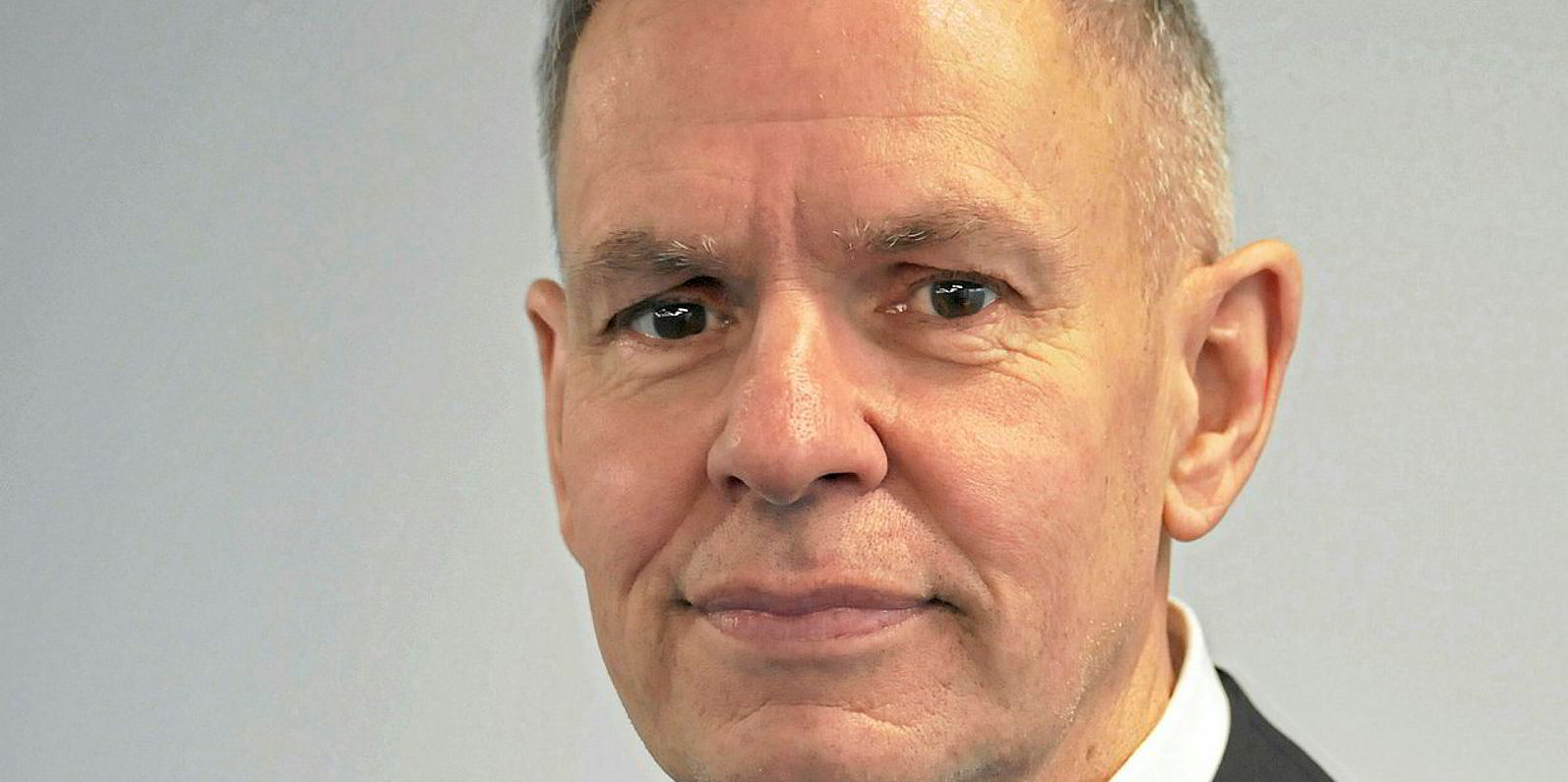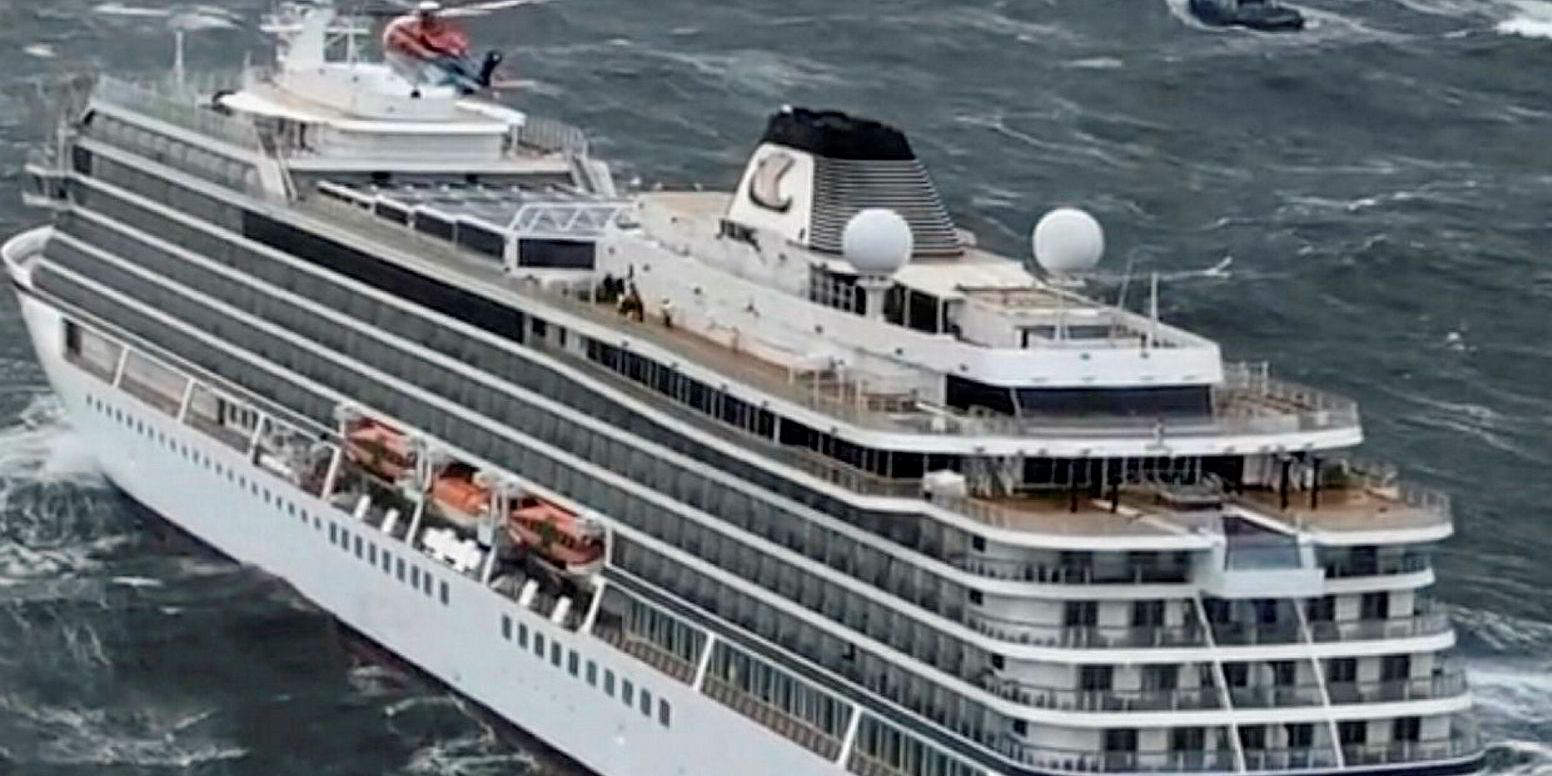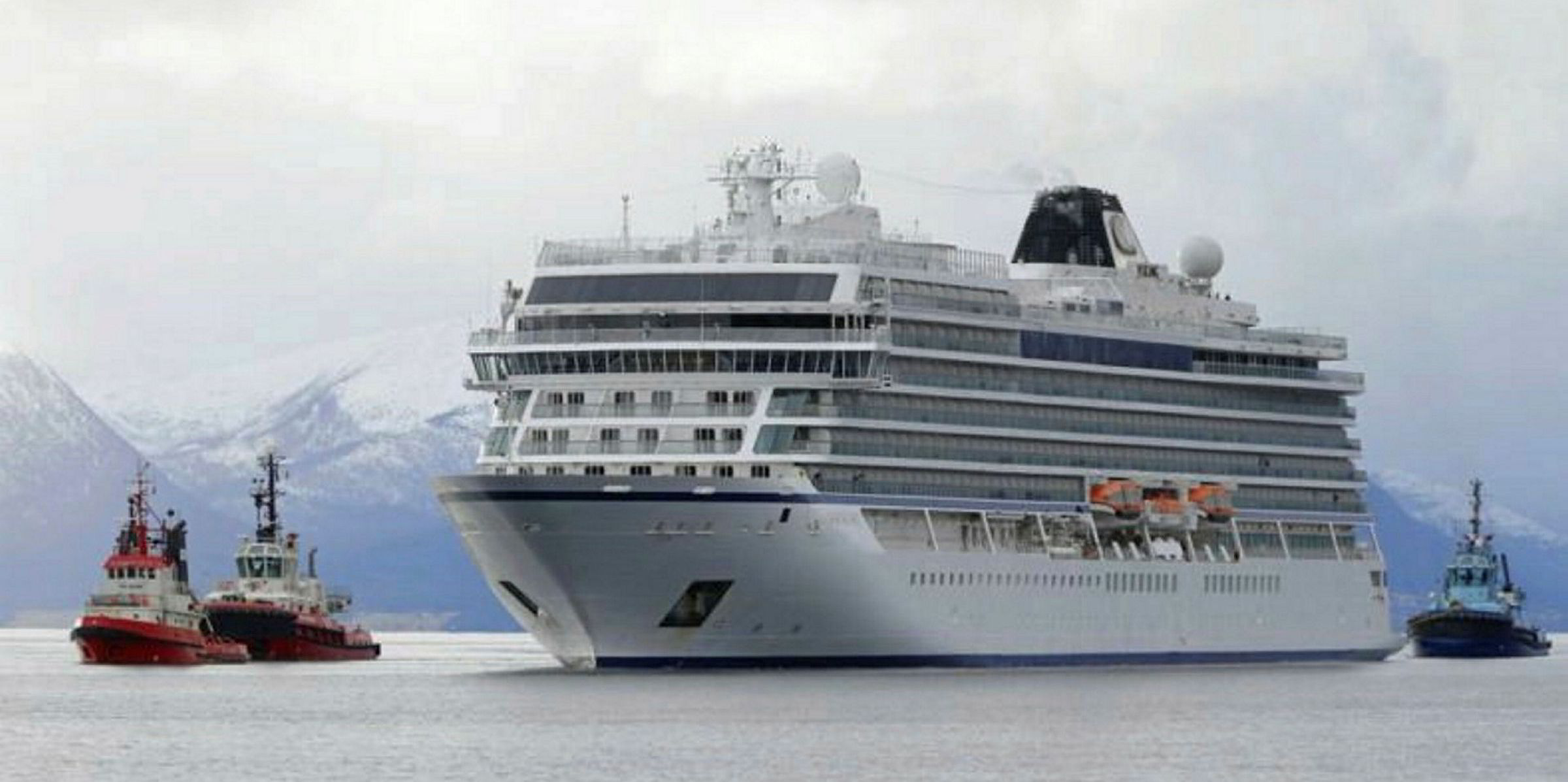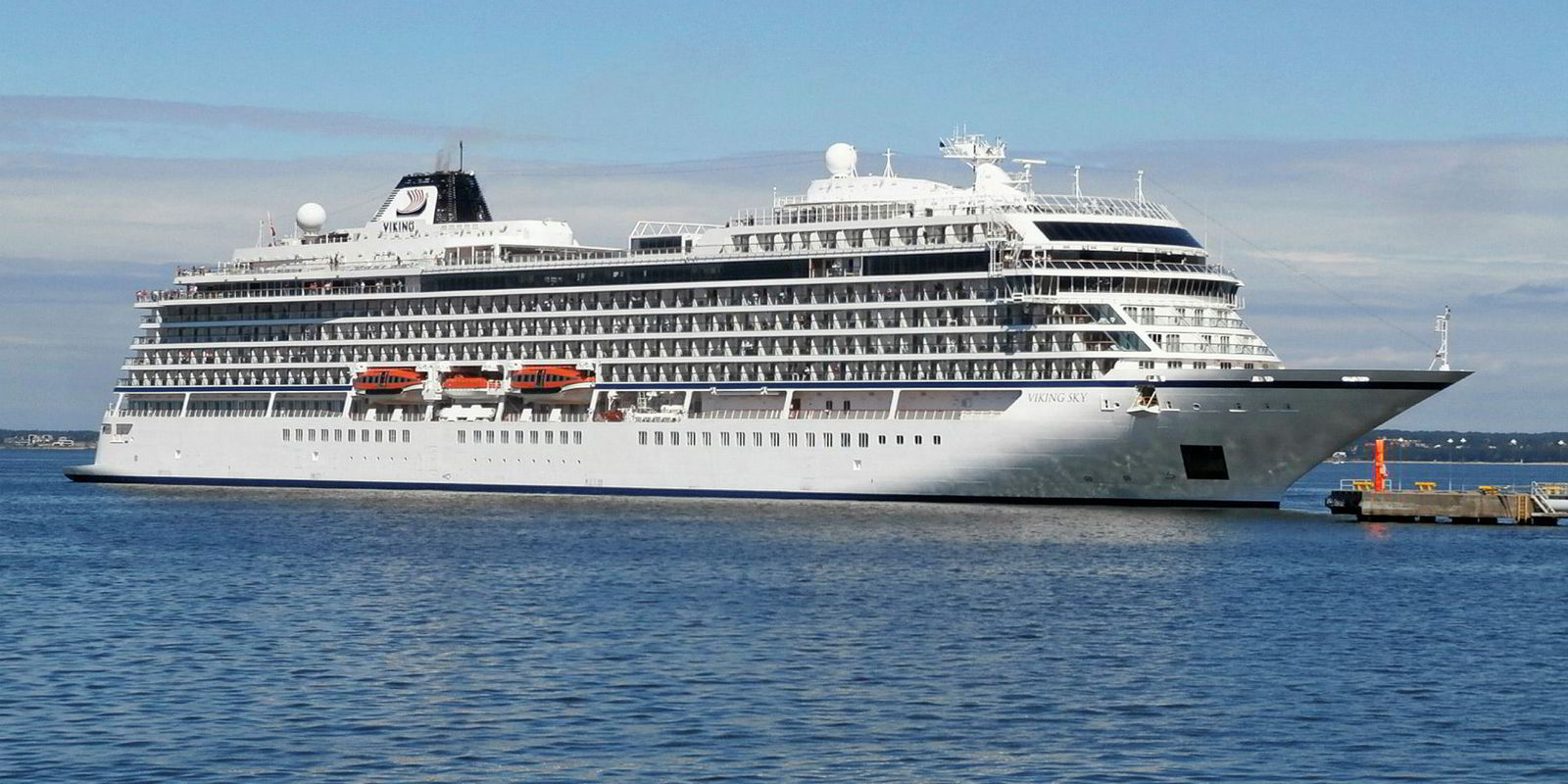Top marks for Torstein Hagen, who showed how to turn a public-relations disaster for the cruise sector into something closer to just a bad incident. The Norwegian shipowner played it right by immediately flying into Molde to meet the passengers from his storm-hit ship.
The 48,000-gt Viking Sky (built 2017) ran into trouble in the high seas off Norway’s Hustadvika coast after losing its power.
The vessel came close to being grounded, with 500 of the 1,373 passengers onboard being taken off early by helicopter.
“Something like this should not have happened, but it has,” Hagen said. “We all want to know how this could have happened.”
A full inquiry will be held and people will want to apportion blame to different quarters, but he insisted that is for later.
In the first instance, it was the human factor that needed handling and Hagen was straight in there with what appeared to be heartfelt sympathy — not corporate prevarication or excuses.
Most of our passengers are senior citizens... imagine what it's like to hang there on that wire [being winched up to rescue helicopters]
Torstein Hagen, chairman of Viking Ocean Cruises
“They've had a bit of a shocking experience,” said Hagen, chairman of Viking Ocean Cruises, which owns the vessel.
“Most of our passengers are senior citizens... imagine what it's like to hang there on that wire [being winched up to rescue helicopters].”
Video pictures were circulating almost immediately on social media of the ship's bow rolling, furniture sliding, roofs falling in and passengers cowering.
That is a shocking contrast with the typical cruise-industry brochure of smiling couples lounging on sun decks in flat, calm seas.
Of course, it was not the first incident of this kind and it will not be the last, especially as cruise operators increasingly push into harsh maritime terrain such as the Arctic.
Areas where weather can turn bad very quickly and rescue operations can be hard to launch from distant parts are much more dangerous to human life — and corporate reputations.

It is not just weather conditions that can cause problems at sea.
In January, Royal Caribbean International had to help deal with 475 passengers and crew being infected with norovirus.
While there are more cruise passengers than ever before — more than 28 million last year, up 6% on the previous 12 months and over 50% on a decade ago — there also appear to be more of these kinds of problems than ever before.
An analysis of reports from the US-based Centers for Disease Control and Prevention found more cruiseships — 17 in total — failed health inspections in 2017 than in the past decade.
Some of the problems were relatively minor but others were more serious. It should be said that the “vessel sanitation programme” only covers ships that visit US ports but the 17 citations came out of 250 inspections. That is 7%.
Other issues for the industry include concerns over the environmental impact of cruiseships both in ports and at sea.

Restrictions on usage have been put in place in various Mediterranean cities amid growing popular anger around diesel engine exhaust pollution.
Not everyone believes it is a good idea for more people or pleasure ships to be arriving in the environmentally sensitive waters around the North or South poles.
But industry growth seems unstoppable as the rising middle class in Asia produces a new segment of passengers.
The number of new cruiseships on order has now reached a record-breaking 71, according to shipbroker BRS.
Among the big beneficiaries of the cruise boom are companies such as Fincantieri, which secured new orders last year from TUI Cruises, Norwegian Cruise Line and Carnival Corp subsidiary Cunard.
The Italian shipbuilder is also banking part of its future on the development of the Far East market via its joint venture with China State Shipbuilding Corp and Carnival.
This will see the first cruiseships built in China at Shanghai Waigaoqiao Shipbuilding.
The city of Shanghai itself is expecting to welcome 26 million cruise visitors by 2022. That is almost the same number involved in worldwide cruising now.
This is a fast-growth industry but it needs to keep its feet on the ground — or maybe rather keel evenly in the water.
Reputation matters. And the industry should thank Hagen for leading with his heart and his head.
Reputation matters. The wider shipping industry is trying to demonstrate it is taking the environment seriously whether it is over sulphur, CO2 or the regions in which it operates. A Viking Sky grounding and tipping fuel oil into the sea would have been terrible.
A good PR strategy like Hagen’s, leading with his heart and mind, is important but not as important as a deep assessment as to whether one should be operating a cruiseship in these conditions, at this time, in this place and in this way.





